Adi Hanuka
Simulation Intelligence: Towards a New Generation of Scientific Methods
Dec 06, 2021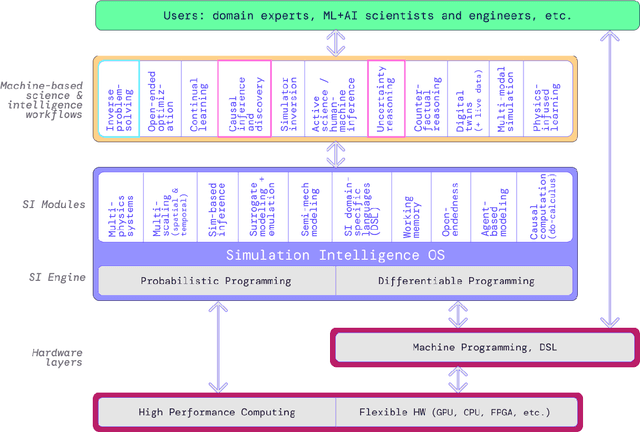
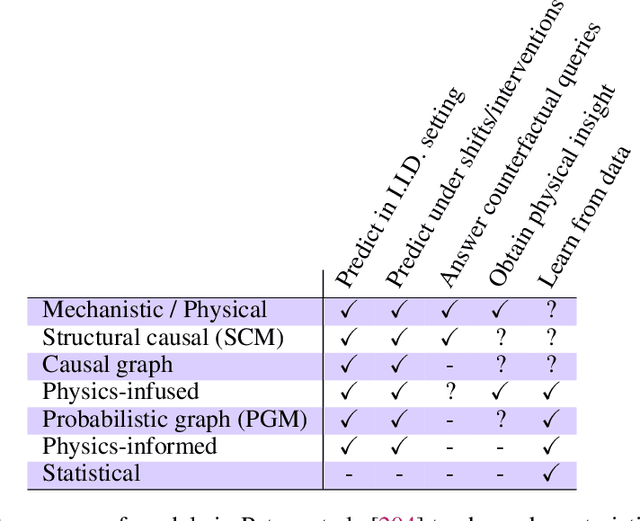
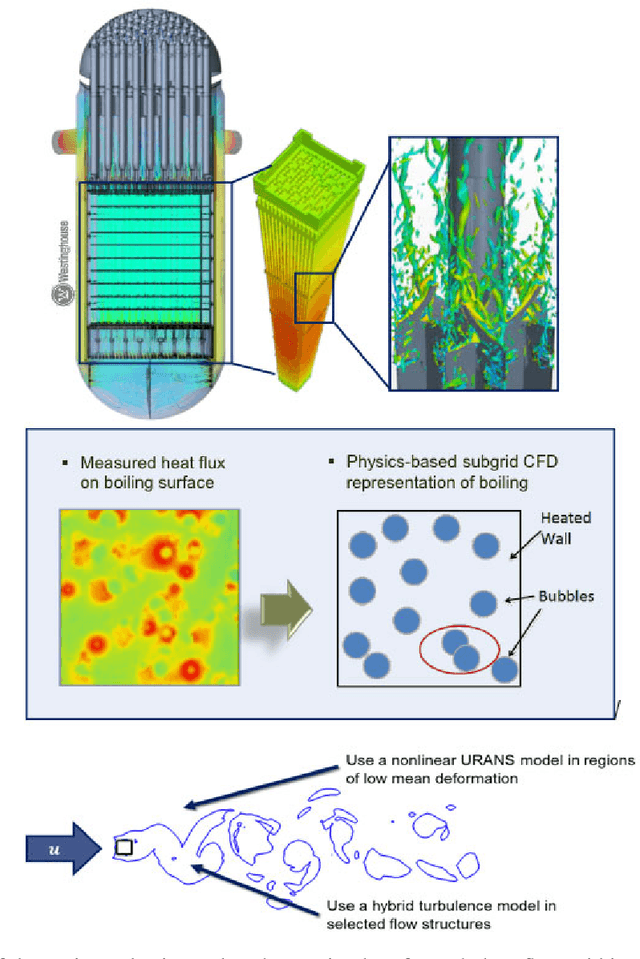
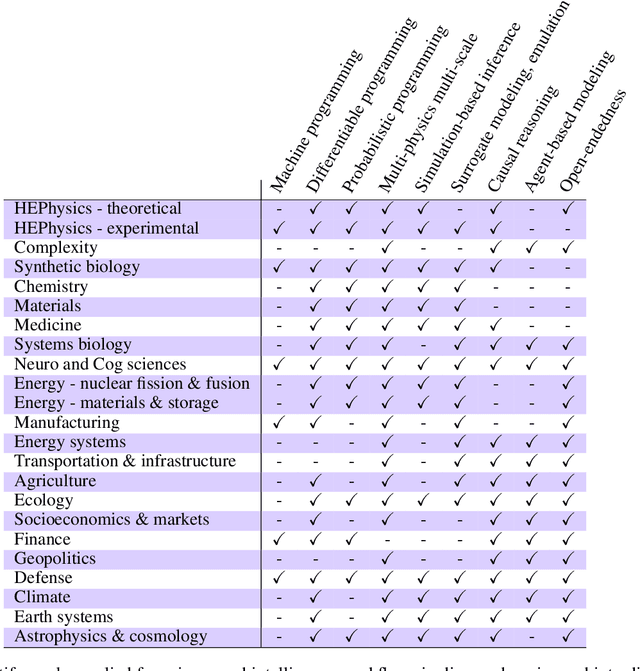
Abstract:The original "Seven Motifs" set forth a roadmap of essential methods for the field of scientific computing, where a motif is an algorithmic method that captures a pattern of computation and data movement. We present the "Nine Motifs of Simulation Intelligence", a roadmap for the development and integration of the essential algorithms necessary for a merger of scientific computing, scientific simulation, and artificial intelligence. We call this merger simulation intelligence (SI), for short. We argue the motifs of simulation intelligence are interconnected and interdependent, much like the components within the layers of an operating system. Using this metaphor, we explore the nature of each layer of the simulation intelligence operating system stack (SI-stack) and the motifs therein: (1) Multi-physics and multi-scale modeling; (2) Surrogate modeling and emulation; (3) Simulation-based inference; (4) Causal modeling and inference; (5) Agent-based modeling; (6) Probabilistic programming; (7) Differentiable programming; (8) Open-ended optimization; (9) Machine programming. We believe coordinated efforts between motifs offers immense opportunity to accelerate scientific discovery, from solving inverse problems in synthetic biology and climate science, to directing nuclear energy experiments and predicting emergent behavior in socioeconomic settings. We elaborate on each layer of the SI-stack, detailing the state-of-art methods, presenting examples to highlight challenges and opportunities, and advocating for specific ways to advance the motifs and the synergies from their combinations. Advancing and integrating these technologies can enable a robust and efficient hypothesis-simulation-analysis type of scientific method, which we introduce with several use-cases for human-machine teaming and automated science.
Quantifying Uncertainty for Machine Learning Based Diagnostic
Jul 29, 2021



Abstract:Virtual Diagnostic (VD) is a deep learning tool that can be used to predict a diagnostic output. VDs are especially useful in systems where measuring the output is invasive, limited, costly or runs the risk of damaging the output. Given a prediction, it is necessary to relay how reliable that prediction is. This is known as 'uncertainty quantification' of a prediction. In this paper, we use ensemble methods and quantile regression neural networks to explore different ways of creating and analyzing prediction's uncertainty on experimental data from the Linac Coherent Light Source at SLAC. We aim to accurately and confidently predict the current profile or longitudinal phase space images of the electron beam. The ability to make informed decisions under uncertainty is crucial for reliable deployment of deep learning tools on safety-critical systems as particle accelerators.
Physics-informed Gaussian Process for Online Optimization of Particle Accelerators
Sep 08, 2020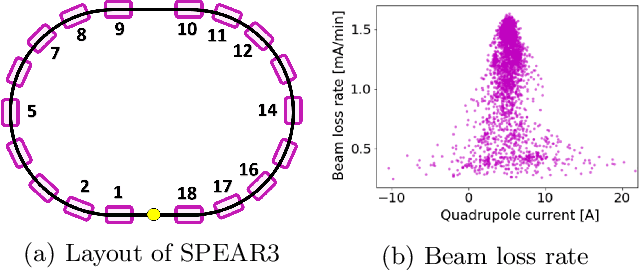

Abstract:High-dimensional optimization is a critical challenge for operating large-scale scientific facilities. We apply a physics-informed Gaussian process (GP) optimizer to tune a complex system by conducting efficient global search. Typical GP models learn from past observations to make predictions, but this reduces their applicability to new systems where archive data is not available. Instead, here we use a fast approximate model from physics simulations to design the GP model. The GP is then employed to make inferences from sequential online observations in order to optimize the system. Simulation and experimental studies were carried out to demonstrate the method for online control of a storage ring. We show that the physics-informed GP outperforms current routinely used online optimizers in terms of convergence speed, and robustness on this task. The ability to inform the machine-learning model with physics may have wide applications in science.
 Add to Chrome
Add to Chrome Add to Firefox
Add to Firefox Add to Edge
Add to Edge